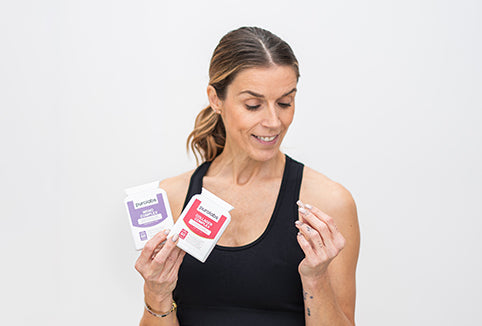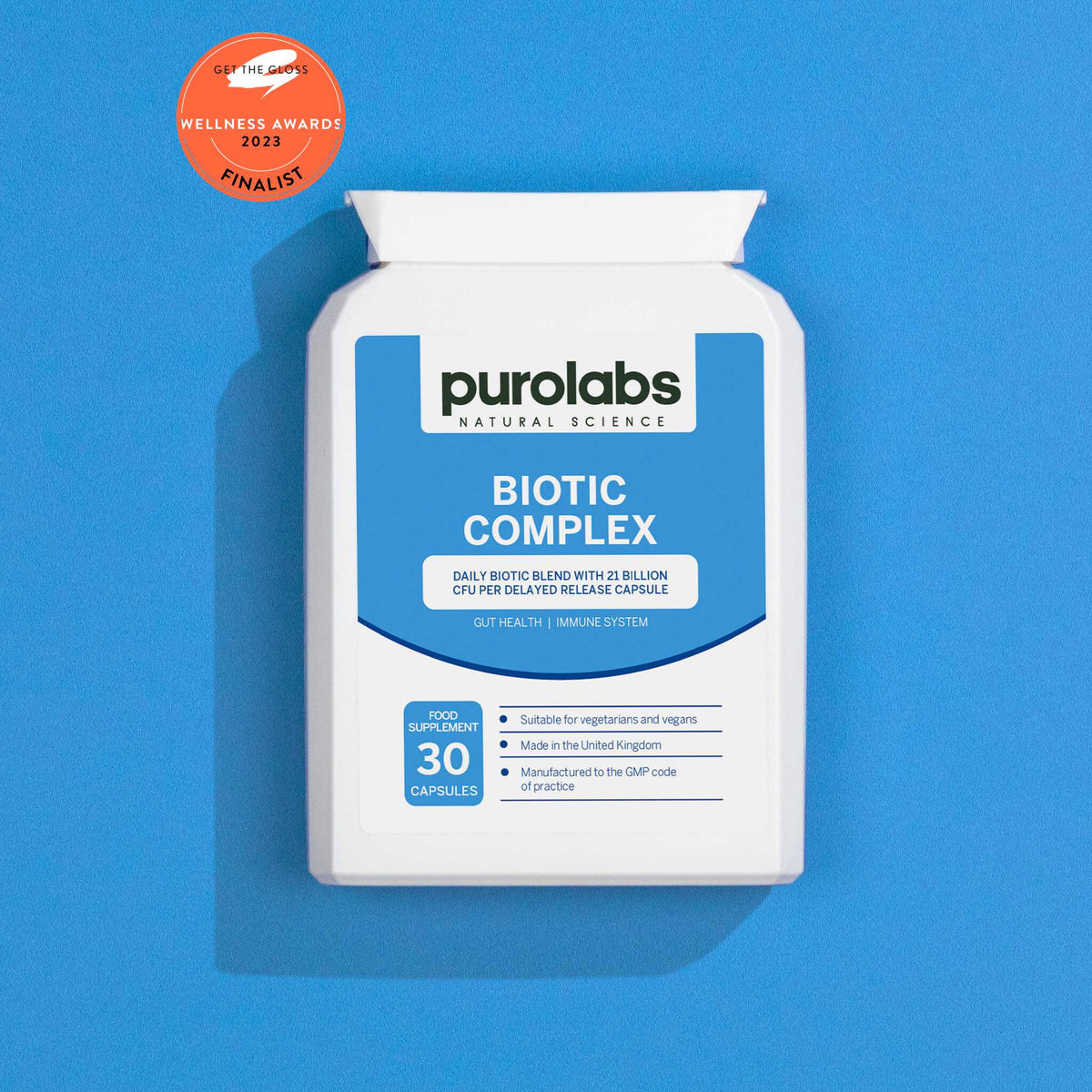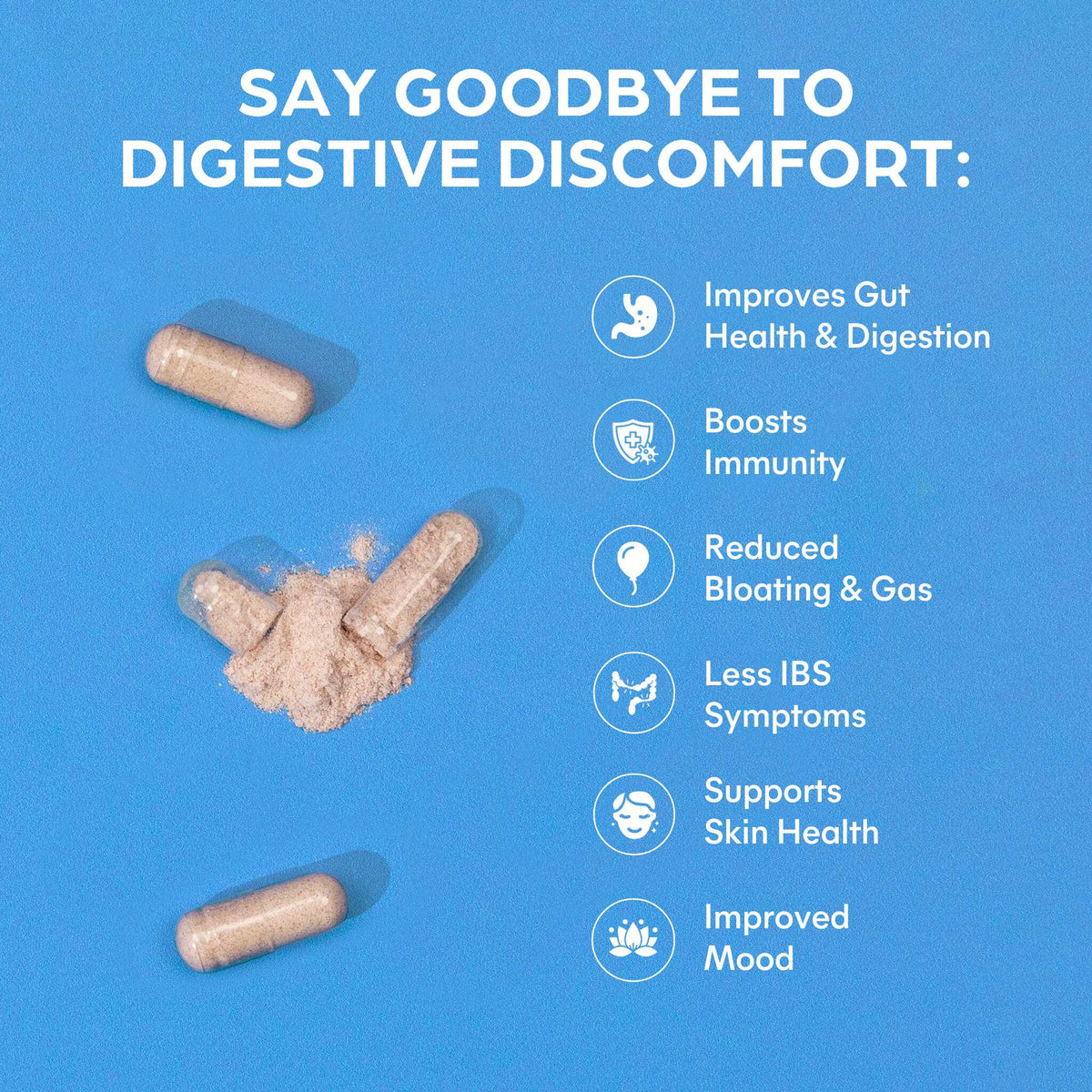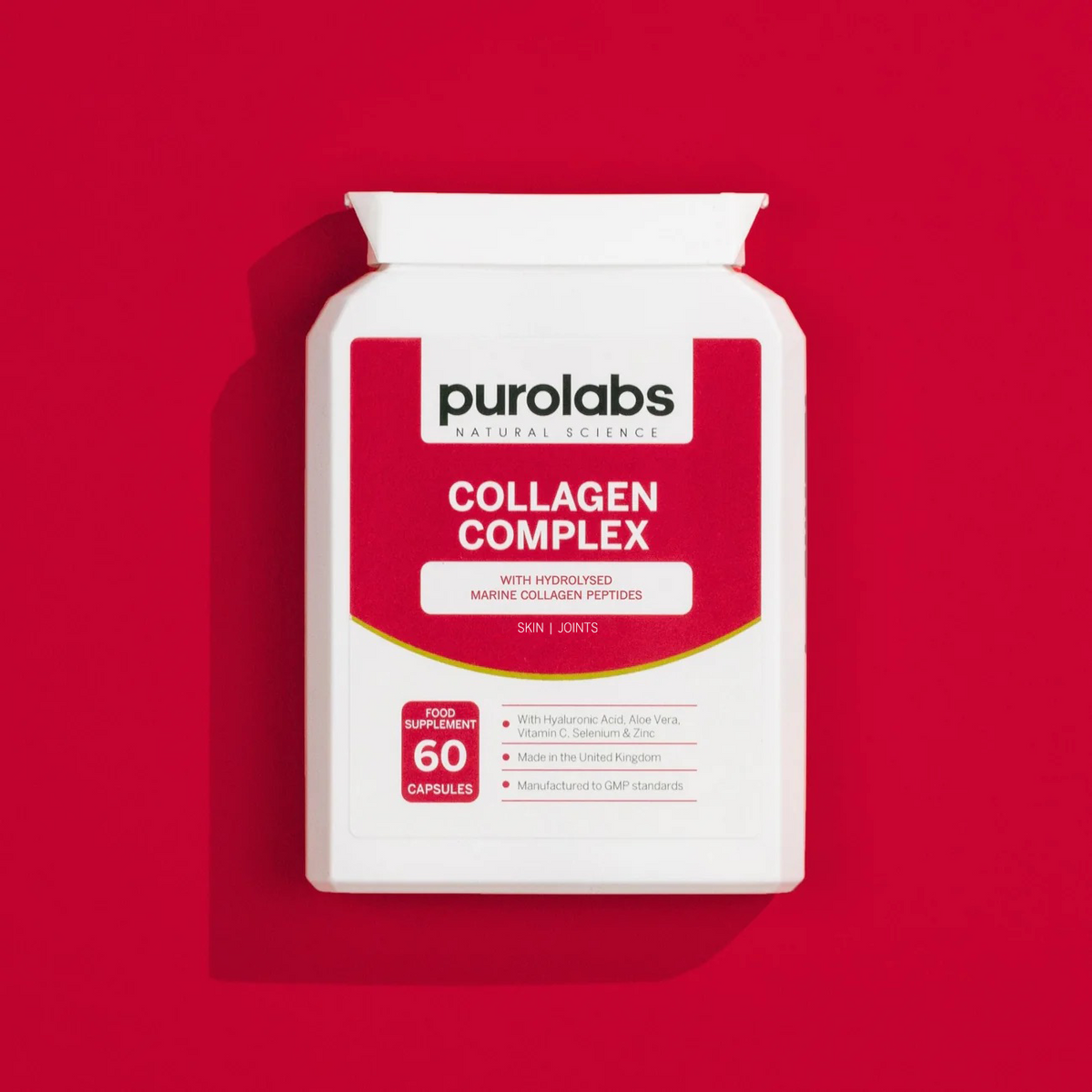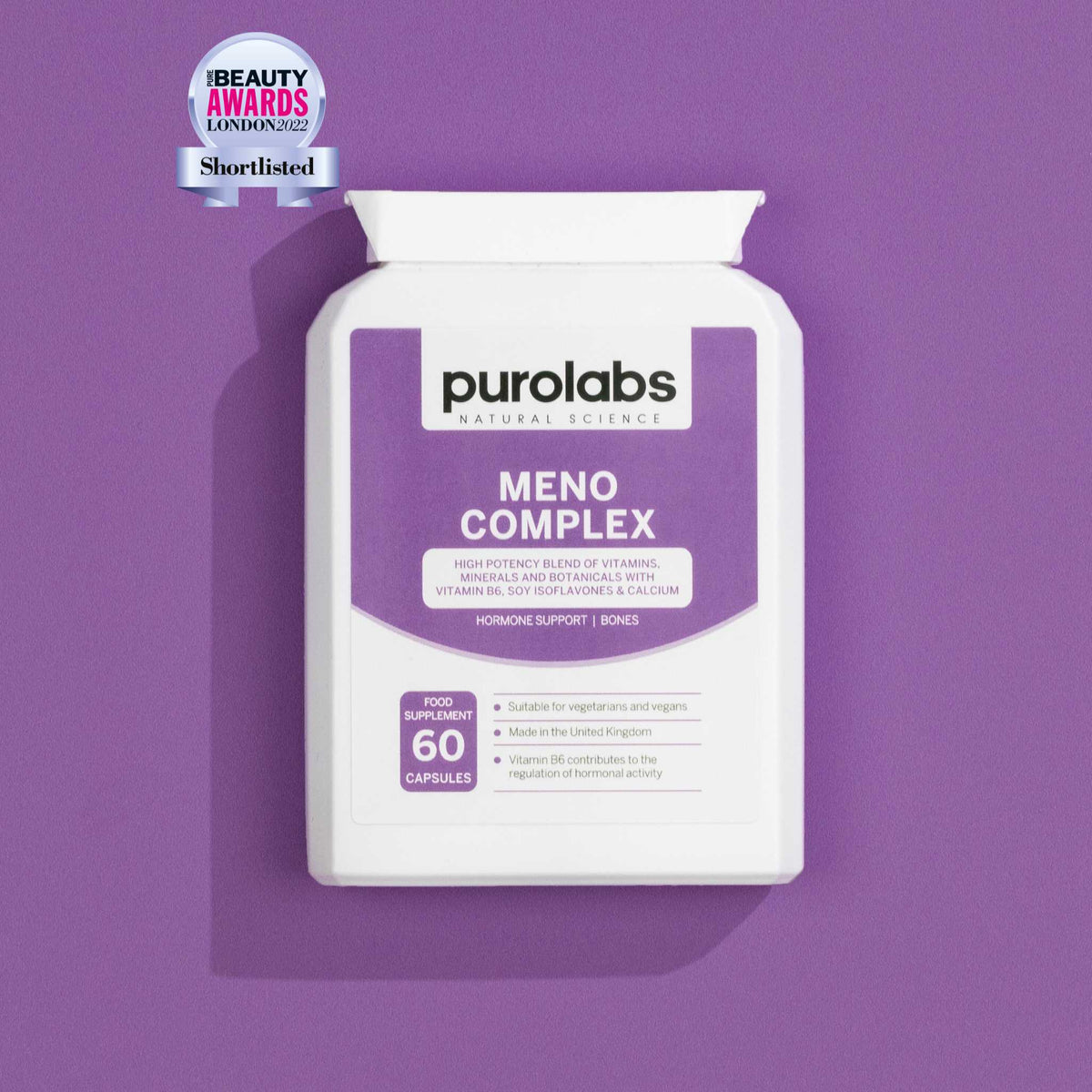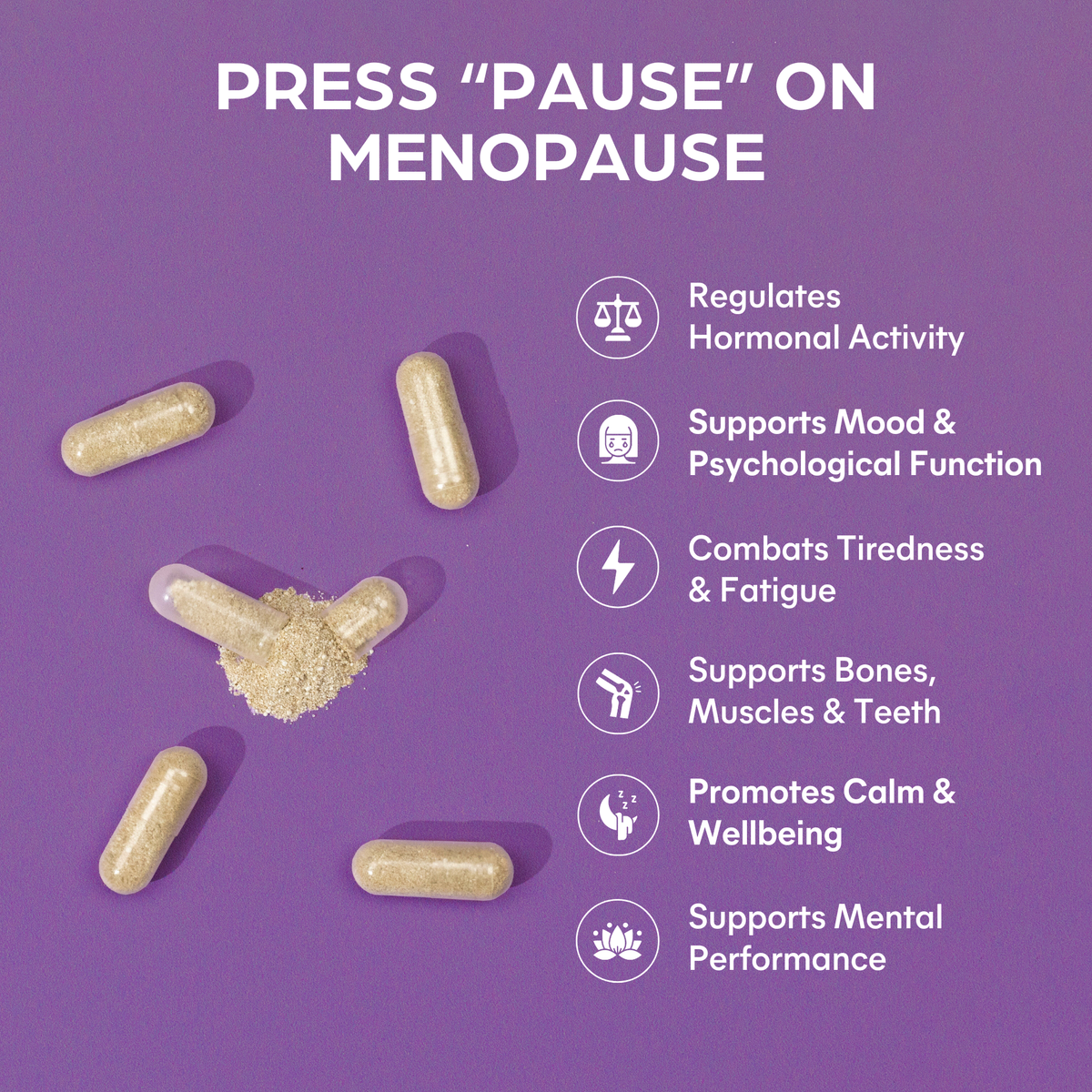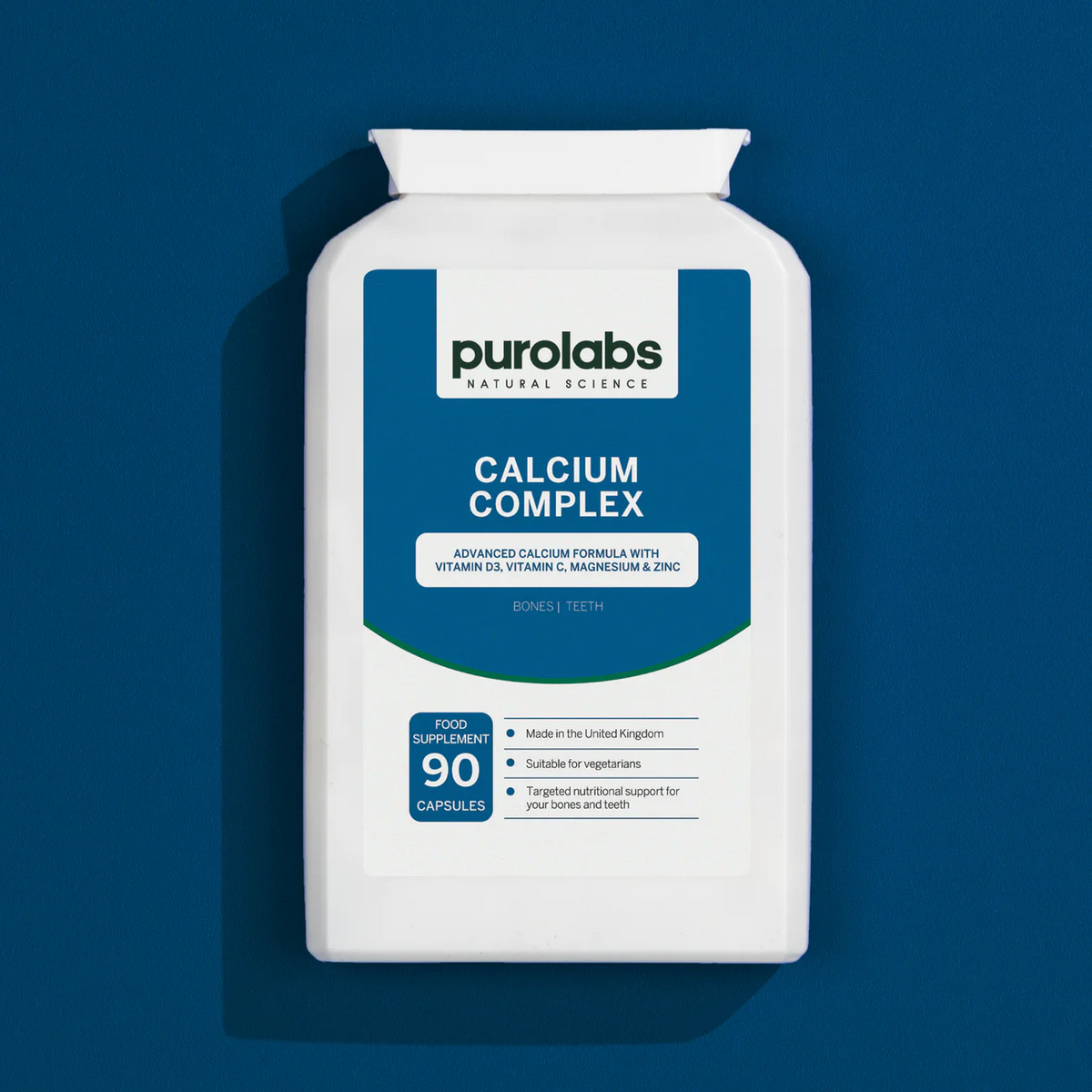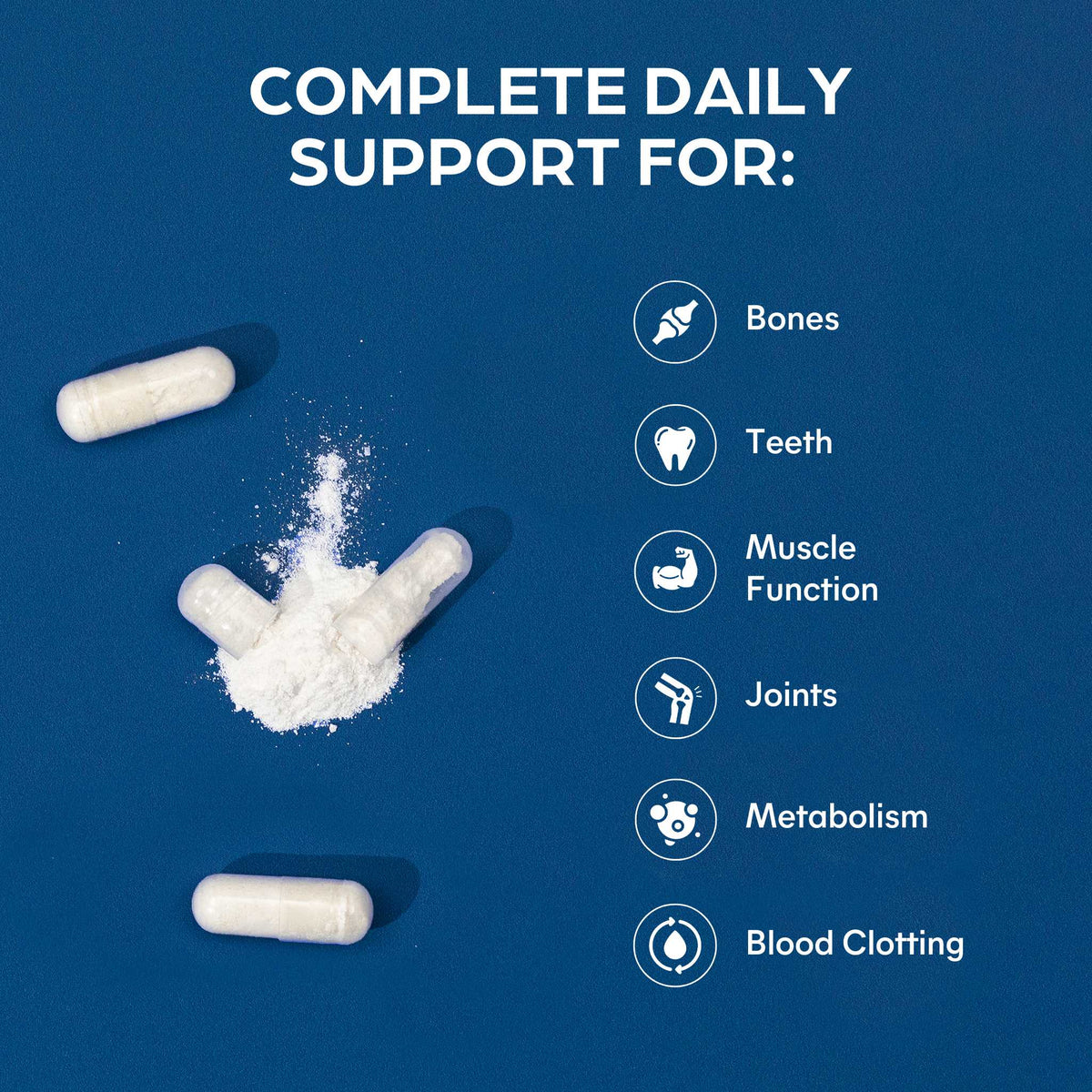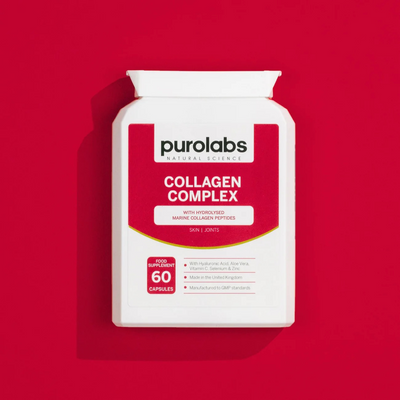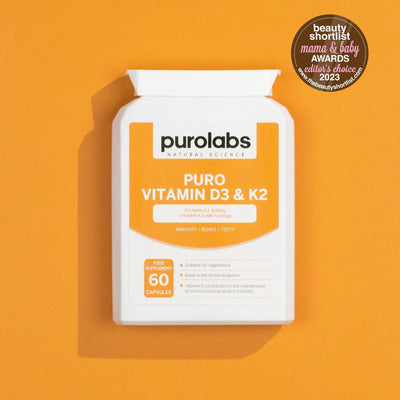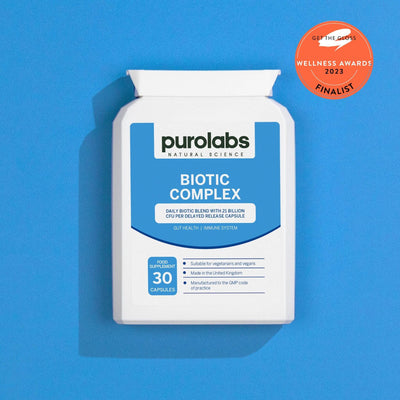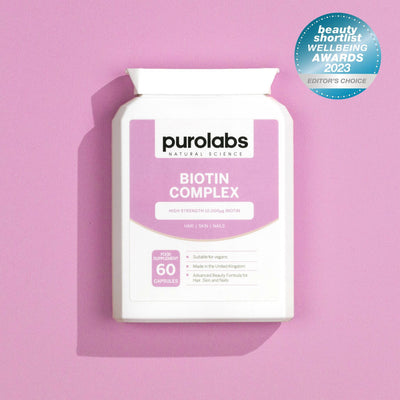Nutritional aims to meet the needs of a population in and of itself is a complicated topic. Take the population of the UK for example at just under 67 million people1. The needs of each individual within the population will vary significantly based on:
- Lifestyle factors
- Life stages
- Chronic health conditions
- Dietary requirements/intake
Nutrient reference values, or NRVs as they’re more commonly known, are a great way for the government to provide a ‘buffer’ or a general measure for how much of each nutrient the average adult requires to remain healthy. NRVs cover 13 vitamins and 14 nutrients at EU (European Food Safety Authority) guidance levels to prevent deficiency2.
Why Do NRVs Matter?
NRVs provide information for the food industry to adhere to a standardised labelling system for the nutritional intake of food products sold to the public. It allows for individuals to make choices for themselves regarding their food intake based on averages and scientifically backed estimates3.
Whilst it is rare for a system covering the needs of so many to be fool proof – it is a method for the government to educate the public and for the food industry to set parameters for. NRV’s are also safe for the general population to reach, therefore aren’t set at therapeutic doses4.
NRVs cover the majority of the population and cannot account for outliers. So, whilst they are a ‘good enough’ guide for such a large and varied population, they do not cover those with additional needs such as:
- Those with overt nutritional deficiencies
- Genetic mutations which require a higher dose of particular nutrients
- More active members of the population/athletes5
- People requiring optimal nutritional status – NRVs cover the needs of the general population.
- Those with certain conditions or diseases which require a higher intake of relevant nutrients to support healing.
Why are NRV’s a Problem for the Food Industry?
There is ongoing debate about the need to review NRVs, and in particular for the recommendations surrounding daily sugar intake.
The NRV for free sugars is a maximum of 10% of the total energy intake. Free sugar includes all sugars added to foods and beverages, as well as sugars found in honey, syrups fruit juices and fruit concentrates. Experts argue that the guideline is too high, and state that fructose in particular, can be linked to many chronic metabolic health issues such as obesity, type two diabetes and fatty liver6.
The NRVs and changes thereof to the recommended intakes, affect the food industry greatly. Reformulations which are costly, are required to meet changing NRVs, and if the sugar content of a food item decreases, then it naturally becomes less addictive, which results in less consumption of said food item.
NRVs also provide a strict framework for the food industry to adhere to in terms of food labelling.
Why do Some Supplements Contain More or Less Than the NRV?
Some supplements on the market may contain less than the recommended NRV. A great example of this is with multivitamins. Some minerals and vitamins have what’s known as a safe upper limit (SUL) set by the government.
SUL defines, based on the current evidence, an intake for nutrients that can safely be consumed over a lifetime without a risk to health. The SUL for zinc is set to 25mg daily. If you were to take a multivitamin plus another two products containing the 100% NRV for zinc, then you would be over the SUL limit which, over a prolonged period of time could be detrimental to overall health.
Another valid reasons for why supplements may contain below the NRV guidelines is the practical elements of manufacturing and packaging supplements.
At times it may be impractical to fit the full NRV of said nutrient into one tablet without it causing issues with swallowing. For example, magnesium and calcium in a multivitamin are generally below the NRV as both substances need to be bound to another substance to remain stable within the tablet.
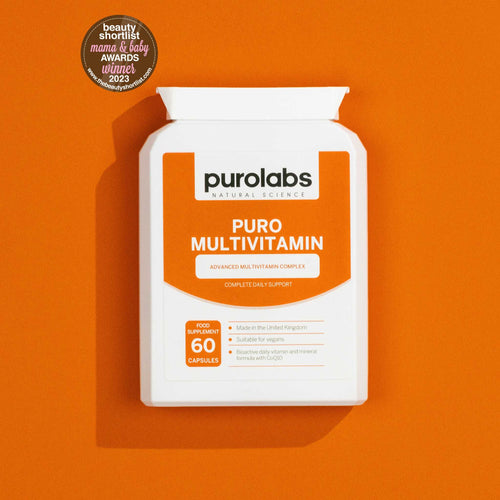
Multivitamin
A valid argument for why supplements may contain more than the NRV for said nutrient is that, as mentioned, NRVs account for the majority of the population with its aim being to fend off nutrient deficiency. It does not account for optimal levels for individuals.
An apt example of where NRVs may not account for optimal health in individuals can be observed by reviewing the guidelines for vitamin D intake, which is set to 5mcg daily to prevent deficiency. The target was recommended based on previous understanding that vitamin D is mostly used to maintain healthy bones.
Now we know the multitude of health benefits that vitamin D provides, from hormone health to immune function, with the National Institute for Health and Care Excellence advising that the intake increase to 10mcg daily during Autumn and Winter months7.
Experts suggest that an even higher dose may be recommended for older populations and individuals with darker skin tones. Supplement companies have responded to this by providing doses above the NRV, to meet population requirements for optimal health8.
NRV and Personalised Nutrition
As outlined, NRVs are a ‘good enough’ option for the majority of the population to reduce their risk of nutrient deficiency. However, we must consider our own unique health needs and goals.
Are we more active than the average person, and do we need to supplement for the nutrients that are depleted through regular and/or intense exercise? Do we have a chronic health condition that requires a higher intake of particular nutrients or are we going through a life stage like menopause where we require a therapeutic intake of hormonal balancing supplements to help support the symptoms associated with the natural life transition?
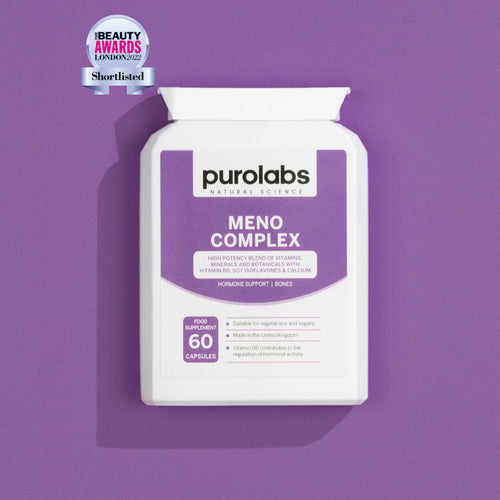
Menopause Complex
It is important to consider your unique life stage, demographic and health goals to tailor your diet and supplement routine to fit your needs. If you’re unsure where to start, then seeking the help of a qualified health practitioner can help you set your daily nutrient intakes and provide a roadmap for how to meet those in a way that fits your lifestyle.



